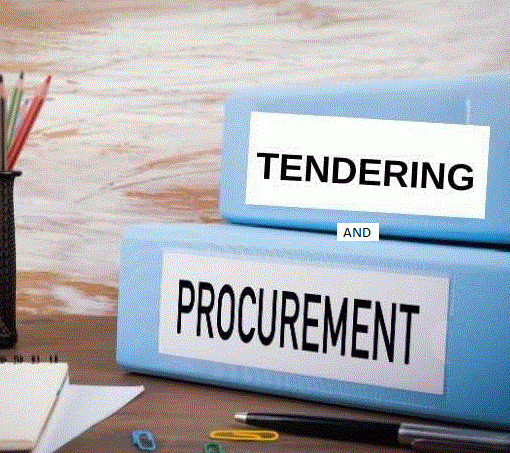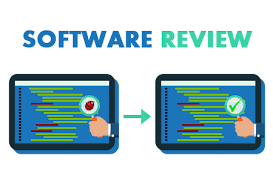The progression of CAD & GIS to build a BIM has been a natural process for many years but by different names. Data management remains a key issue of course, but is this just more sophisticated software or a maturing of an industry that might use BIM or DT? Or is this just “a solution looking for a problem”?
Power, Water, Rail Utility companies have been using real-time systems to simulate their operating environments for decades, mostly schematic or pseudo-geographic, but a few have been geographically real-world. That is, a real-time, real world, operational GIS to simulate an operating environment. That is, a digital twin of their real-world environment for that utility.
So, is the “Digital Twin” concept a reinvention of that which has existed for some time? And what makes a DT different from these operational systems?
Recently Corporate GIS reviewed the BIM Requirements for the former Qld Dept of State Development, Manufacturing, Infrastructure and Planning and provided a broad specification to guide the form and content of future BIM developments. A key consideration was the transition of the several BIMs underway into a regional Digital Twin.
So how do BIMs transition to Digital Twins (DT)? And how different are DTs to existing real-time GIS environments such as that used by Computer Aided Dispatch systems or power/water real-time operational centers, some of which are spatially-based?
Hugo Le Mao, Manager Spatial Services for the Department said that the “technical expertise, strong business and client focused attributes of Corporate GIS assisted in successfully navigating through the complex mix of geospatial technologies to deliver a concise strategy.”
This followed on from the GIS Health Check that Corporate GIS did to ensure that their spatial services were meeting the business needs of the Department. A key implementation issue was to ensure that the planning, data model development and change management processes for the implementation were proceeding smoothly.
Hugo added “Thanks for your assistance. Your report has been well received and we are applying the recommendations as we go forward.”



